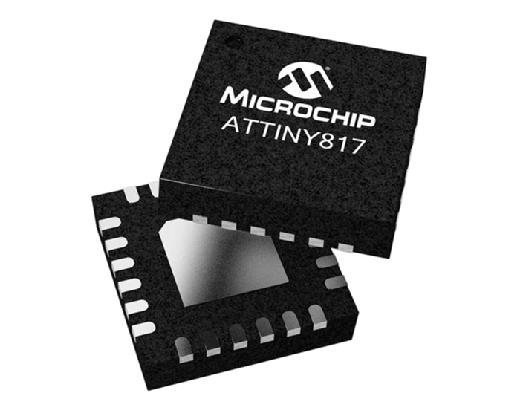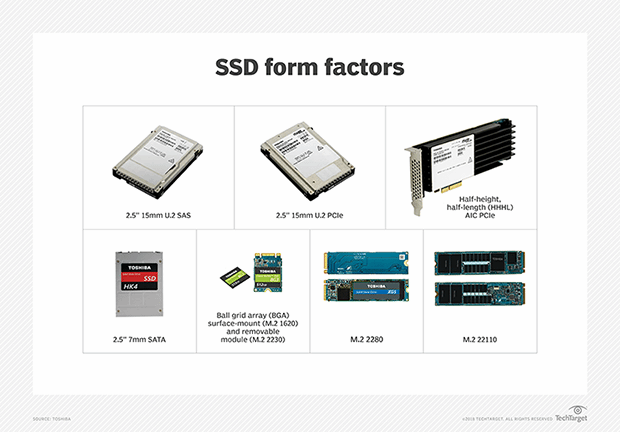What is a semiconductor, and what is it used for?
A semiconductor is a substance that can act as a conductor or insulator depending on other factors, enabling it to serve as a foundation for computers and other electronic devices. The term semiconductor is now widely associated with integrated circuits.
A substance that can conduct electricity is called a conductor, and a substance that cannot conduct electricity is known as an insulator. Semiconductors have properties that sit between the conductor and the insulator. A diode, integrated circuit (IC) and transistor are all made from semiconductors.
The conductance of a semiconductor can vary depending on the current or voltage applied to a control electrode or on the intensity of irradiation by infrared radiation (IR), visible light, ultraviolet or X-rays. The specific properties of a semiconductor depend on the impurities -- known as dopants -- added to it. This makes it an ideal medium to control electrical current and everyday electrical appliances.
In simple terms, a semiconductor is an electrical switch that can be turned on and off by electricity. Most modern technology is made of millions of these tiny, interconnected switches.
Why are semiconductors important?
Semiconductors underpin almost all modern technology -- from simple clocks to advanced supersonic aircraft, all rely on semiconductors to function. However, the fabrication of semiconductors is not simple. It requires specialized factories, called semiconductor fabs, that cost millions of dollars and take years to build. The most advanced semiconductor wafers, which are smaller and faster, can only be produced in three to five factories globally. Modern research and development efforts rely on access to the high-powered computing enabled by these advanced chips.
It's not only modern, cutting edge semiconductors that are important, though. The global pandemic highlighted how a disruption to the supply chain of even simple semiconductors could have massive ripple effects. A shortage of basic power control integrated circuits could affect the production of things like automobiles, farm machinery or medical equipment.
The clean energy transition is also highly dependent on semiconductors. Solar panels are essentially large semiconductors. Other green energy initiatives, such as wind power and electric cars, also rely on semiconductors to control them.
_wafer_mobile.jpg)
How do semiconductors work?
Most semiconductors are composed of crystals made of several materials. To better understand how semiconductors work, it helps to understand atoms and how electrons organize themselves within the atom. Electrons arrange themselves in layers called shells inside an atom. The outermost shell in the atom is known as a valence shell.
The electrons in this valence shell form bonds with neighboring atoms. Such bonds are called covalent bonds. The number and type of these bonds affect the properties of the resulting material. Most conducting elements have just one electron in the valence shell. Semiconductors, on the other hand, typically have four electrons in their valence shell.
However, if atoms nearby are made of the same valence, electrons may bind with the valence electrons of other atoms. Whenever that happens, atoms organize themselves into crystal structures. Manufacturers make most semiconductors with such crystals, mainly with silicon crystals.

What is the difference between N-type and P-type semiconductors?
Semiconductor materials have extra impurities added to their crystal structure to give them their useful electrical properties. Adding the impurities is called doping.
When doped with a material with an extra valence electron, it gives an overall negative charge. This is called an N-type semiconductor.
When doped with a material that is short of one valence electron, it gives an overall positive charge. These areas where an electron is needed are called electron holes. These are P-type semiconductors.
Combining N-type and P-type semiconductors forms junctions. The ability of electricity to flow across the junction can be controlled, creating transistors.
Elemental semiconductors include antimony, arsenic, boron, carbon, germanium, selenium, silicon, sulfur and tellurium. Silicon is the best known of these, forming the basis of most ICs.
Common semiconductor doping compounds include gallium arsenide, indium antimonide and the oxides of most metals. Manufacturers also widely use gallium arsenide in low-noise, high-gain, weak-signal amplifying devices.
A semiconductor device can perform the function of the original vacuum tube but with hundreds of times its capacity. Like a microprocessor chip, a single IC can do the work of a set of vacuum tubes that would fill a large building and require its own electricity-generating plant.
What is an RF semiconductor?
A radio frequency semiconductor is a device used to switch on or rectify power in electronic devices at extremely high frequencies. RF semiconductors work in a radio frequency spectrum of about 3 kHz up to 300 GHz.

What is a semiconductor optical amplifier?
A semiconductor optical amplifier is an element found in semiconductors that amplifies light. Users can find SOAs in optical transceiver modules used to enable communication between data centers.
In this scenario, the SOA amplifies the optical signal used for Ethernet communication. This approach helps compensate for transmission loss.
What is the difference between an intrinsic and extrinsic semiconductor?
The primary difference between intrinsic and extrinsic semiconductors is their form. For example, intrinsic semiconductors are pure in form and composed of only one kind of material. They do not have any impurities added to them.
In contrast, extrinsic semiconductors are impure. Extrinsic semiconductors comprise multiple intrinsic semiconductors with other substances added to change their properties. These substances are typically doping trivalent or pentavalent impurities.
What is a fable semiconductor?
The term fable -- not to be confused with semiconductor fab -- describes companies that design, manufacture and sell hardware and semiconductor chips but don't build their own silicon wafers or chips. Instead, they outsource the fabrication to a foundry or another manufacturing plant.
Central processing units (CPUs) and microprocessors both use transistors. That's one way they're similar. Learn about the differences between CPUs and microprocessors. Also, explore how CPU, GPU and DPU differ from one another and read this primer on AI chip design.